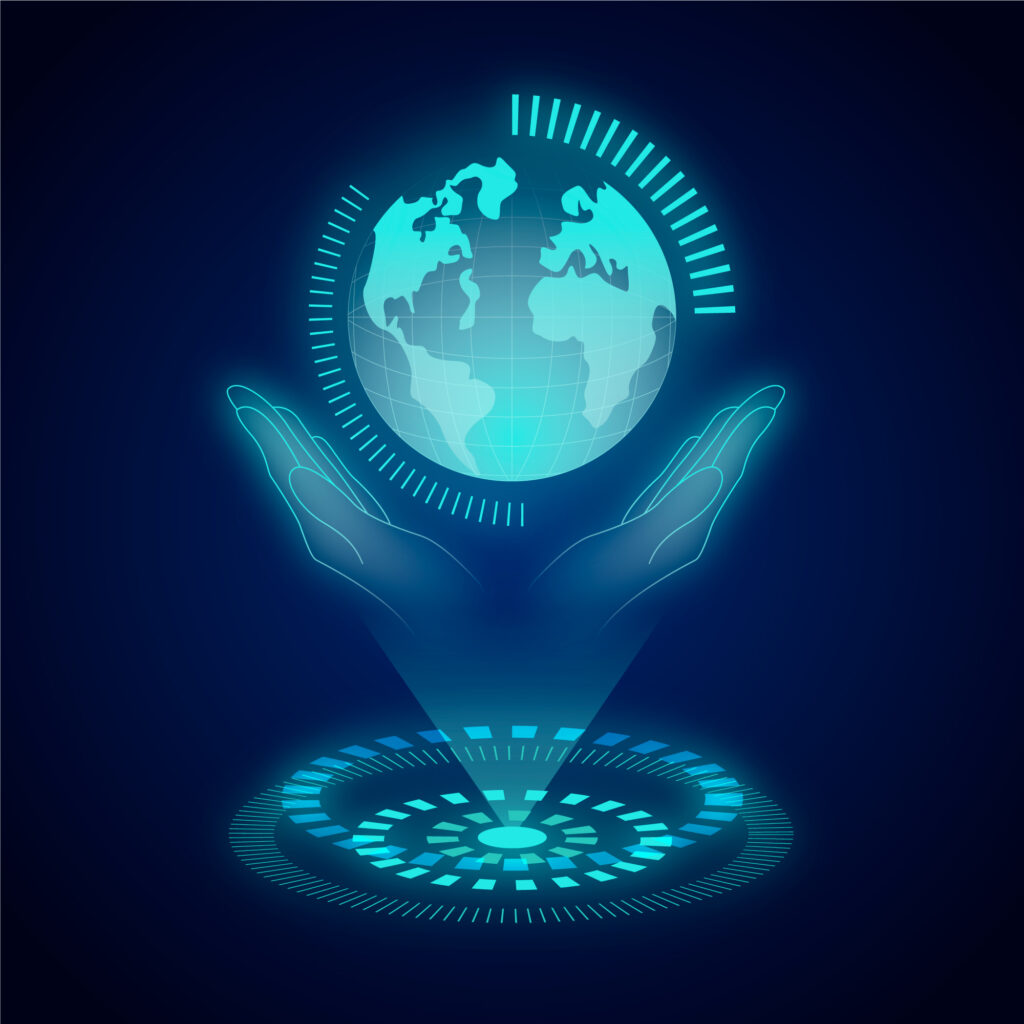Moon Missions
The Moon has always captivated our imaginations, and the dream of reaching its surface has inspired nations across the globe. Two prominent players in this cosmic endeavor and moon mission are India and the United States’ National Aeronautics and Space Administration (NASA). While both countries have set their sights on the Moon, their missions and approaches differ in various ways.
The Indian moon mission and the NASA moon mission are both part of the global effort to explore and understand the lunar environment and its potential for human exploration. However, they have some differences in their objectives, technologies, and achievements.
The Indian moon mission, also known as Chandrayaan-3, is the third lunar mission of the Indian Space Research Organisation (ISRO). It was launched on July 10, 2023, and successfully landed near the south pole of the Moon on August 23, 2023. It is the first space mission to ever land in this region, which is believed to contain water ice that could support a future human base on the Moon. The mission consists of a lander and a rover, named Vikram and Pragyaan respectively. The lander carries four scientific instruments to study the lunar surface and subsurface, while the rover carries two instruments to analyze the soil and rocks. The mission aims to collect data on the lunar topography, mineralogy, elemental abundance, lunar exosphere, and signatures of hydroxyl and water ice3.
The NASA moon mission, also known as Artemis 2, is the second crewed mission of the Artemis program, which aims to land the first woman and the first person of color on the Moon by 2024. It was launched on August 25, 2023, and is currently orbiting the Moon with four astronauts on board: Raja Chari, Christina Koch, Kjell Lindgren, and Jasmin Moghbeli. It is the first crewed mission to fly around the Moon since Apollo 17 in 1972. The mission uses the Orion spacecraft and the Space Launch System rocket, which are designed to enable deep space exploration. The mission will test the performance, life support, communication, and navigation capabilities of Orion and prepare for future landing missions. The mission will also deploy a CubeSat called CAPSTONE, which will demonstrate a unique lunar orbit for the Gateway station. The mission will last about 10 days and return to Earth on September 4, 2023.
Both missions are important milestones for lunar exploration and scientific discovery. They also demonstrate the collaboration and innovation of different countries and partners in advancing humanity’s presence in space.



